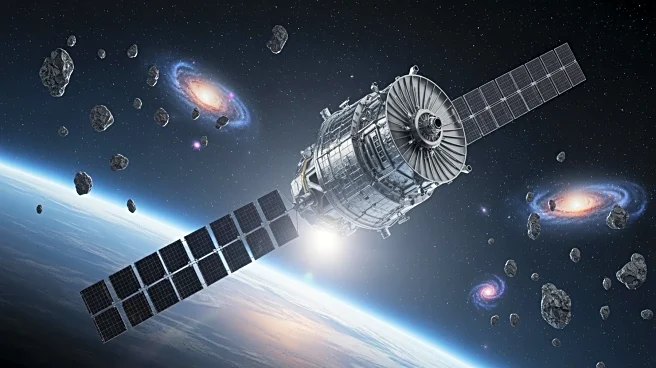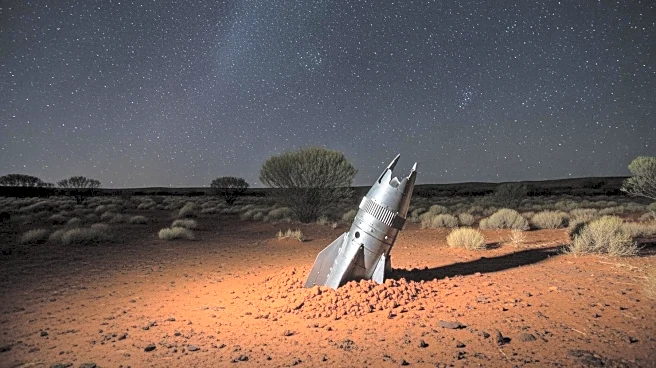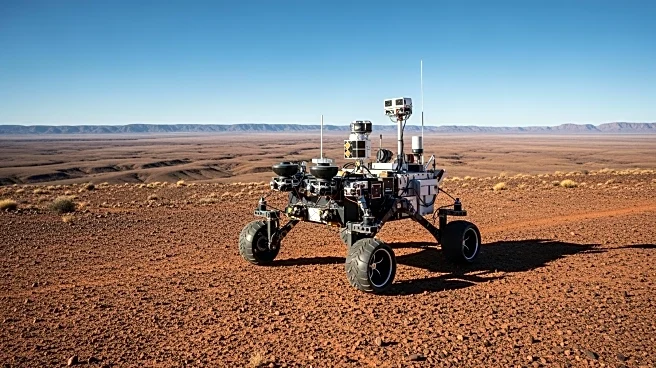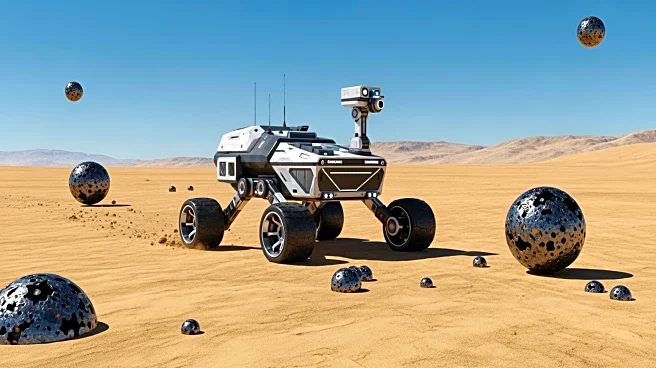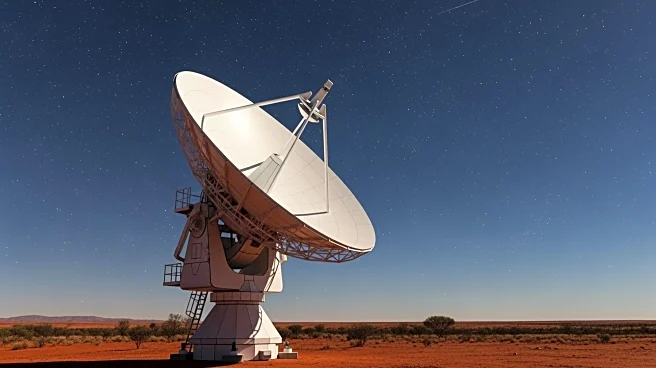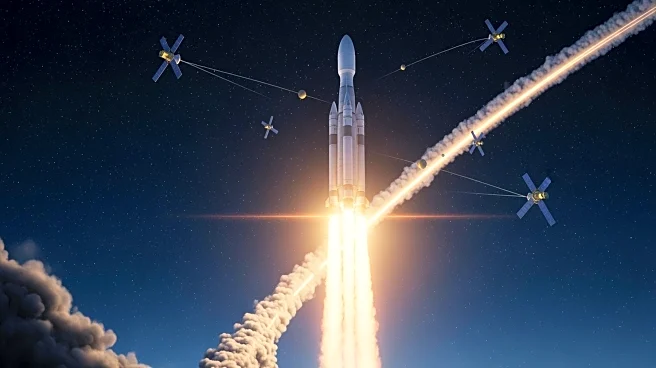What's Happening?
Atomic-6, an aerospace startup, has introduced a new composite material-based solution called Space Armor, designed to protect satellites and astronauts from space debris. The technology consists of hexagonal
impact-shielding tiles that can withstand untrackable debris and over 90% of debris in low Earth orbit. The development comes amid increasing concerns about space junk, with around 25,000 pieces of tracked debris and potentially 170 million smaller bits posing risks to spacecraft. Space Armor aims to minimize the production of debris during collisions, offering enhanced protection for satellites and astronauts.
Why It's Important?
The introduction of Space Armor addresses the growing issue of space debris, which poses significant risks to satellite operations and space exploration. By providing a solution that can protect against untrackable debris, Atomic-6's technology could enhance the safety and longevity of satellites and spacecraft, reducing the likelihood of costly damage and mission failures. This development is crucial for the aerospace industry, as it seeks to mitigate the hazards associated with space debris and ensure the sustainability of space activities. The technology could also influence future policy and regulatory frameworks related to space debris management.
What's Next?
Atomic-6's Space Armor could lead to further innovations in satellite protection technology, potentially attracting interest from satellite operators and space agencies seeking to enhance the safety of their missions. As the technology is tested and refined, it may become a standard component in satellite design, influencing the development of new spacecraft and debris mitigation strategies. Stakeholders, including government agencies and private companies, may closely monitor the outcomes of this technology to assess its impact on space safety and debris management.
Beyond the Headlines
The development of Space Armor could have broader implications for the aerospace industry, including ethical considerations related to the management of space debris. As the technology becomes more widely adopted, there may be discussions about the need for international agreements to govern its use and ensure the sustainability of space activities. Additionally, the enhanced protection offered by Space Armor could drive long-term shifts in satellite design and debris mitigation strategies, potentially leading to new business models and applications.



